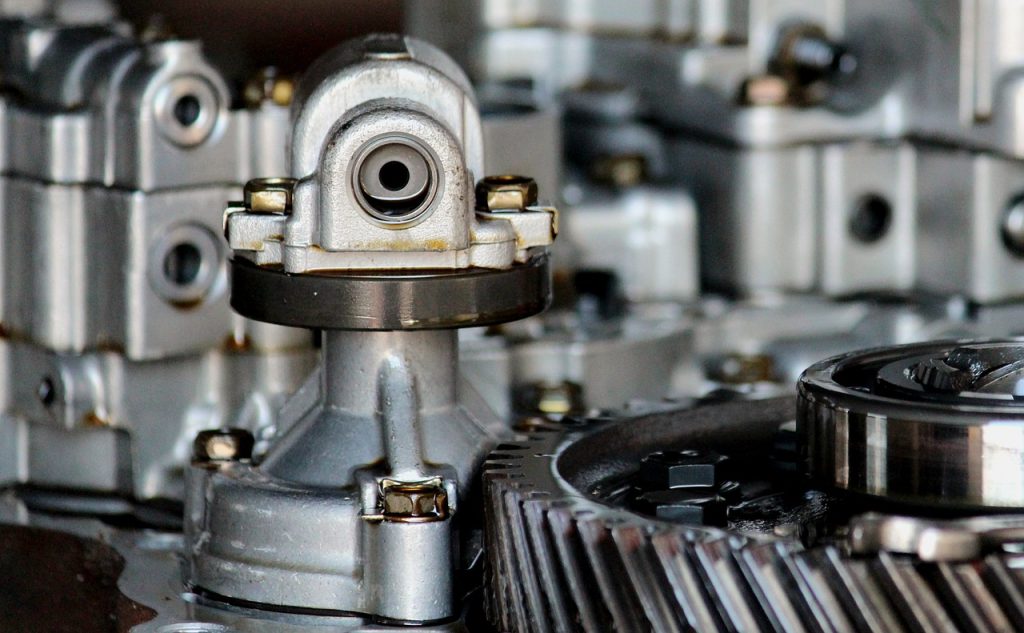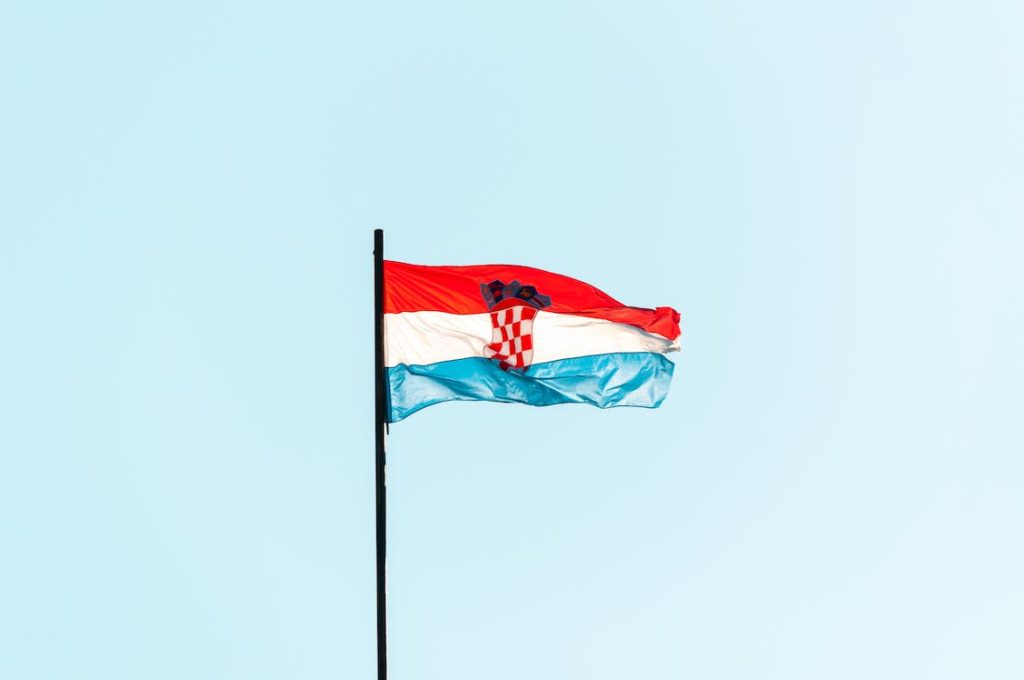July the 12th, 2023 – Despite the recession Germany has been experiencing, which has dragged numerous other Eurozone member states into the same pit, Croatian economic growth of around 3% is expected. But how? The key is the level of Croatia’s involvement in EU production and supply chains.
As Poslovni Dnevnik writes, the recession in Germany has, as stated above, also affected some Eurozone countries to varying degrees. In spite of those issues, Croatian economic growth of around three percent can be realistically expected, primarily because the domestic industry isn’t so strongly involved in European production and supply chains.
Service demand is outdoing goods exports
Higher global demand for services compared to goods exports, which works very much in Croatia’s favour, as well as the large inflow of cash through European Union funds that drive investments, are among the main shock absorbers of negative economic developments from Croatia’s environment.
Domestic companies borrow more expensively, but they do still invest. Croatian prices are rising even faster than those abroad, but people still keep on spending. Although there’s been a nominal increase in prices (in regard to wages), those whose wages are constantly the same probably make up for the gap between prices and income with cash loans that are also constantly growing.
In addition to all of the above, the Croatian consumer is still not entirely discouraged by higher prices and people are continuing to look for ways to preserve their existing standards. However, in the long run, this could mean increased levels of vulnerability for all kinds of Croatian households in view of rising interest rates.
Croatian property prices continue to pose a problem

It’s now old hat, as they say, but property prices in Croatia are still growing at the fastest pace among all EU member states, driven primarily by foreign demand, but also by domestic incentives for housing lending. For now, this is still the case, but as the year goes on, reduced levels of demand is expected, at least in the sense of that which will come from increasingly expensive loans. This means that for now, Croatia will remain outside the main negative chain reaction in Europe. Accordingly, the disadvantage in this case turns out to be an advantage.
No automotive industry? No problem

The stumbling of the German economy is precisely why the countries across Central and Eastern Europe with strong automobile/automotive industries feel this problem the most. Croatia participates extremely poorly in this. The key advantage for Croatia once again lies in tourism, and although there are high expectations for the season, we’ve had a somewhat weaker start than usual. Stagnation in the country’s main markets is still being felt. Germany included.
However, Germany remains as one of Croatia’s main foreign trade partners and one of its key emission markets. The spillover of recessionary trends, if they persist, will be inevitable. In June alone, a smaller number of visitors from Germany was recorded, and Croatian industry, especially the wood and metal processing sector, is already recording a decline in the number of orders.
Investment resilience

“Due to more favourable prospects for domestic demand, both in terms of personal consumption and the return of real wages to positive territory, as well as the resilience of investment activity, mainly due to the capacity of EU funds, expectations for Croatian economic growth are better. This year, we’ll see a Croatian economic growth rate of around 2.5 percent,” Erste Bank’s Chief Economist Alen Kovač told Novi list.
Therefore, this year Croatia can rely on EU funds, investments, and both domestic and foreign demand for services. The Croatian National Bank expects Eurozone growth of 0.9 percent this year, and 1.6 percent in 2024. It also expects Croatian economic growth of 2.6 percent in 2024.
Interest rates will keep on rising thanks to the ECB
The European Central Bank is persisting in its activities in suppressing inflation, so it’s expected that it will continue to raise its key rates, which means that interest rates will continue to rise. These rates will probably grow at least until the spring of next year. By then, the impact of such a monetary policy, which cools demand and supports recessionary trends, will probably be fully transferred to larger EU economies.










